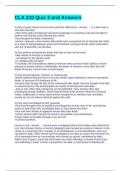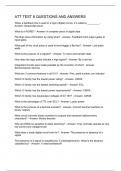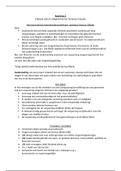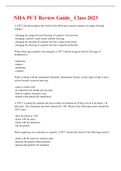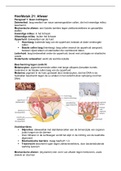Exam (elaborations)
CLA 210 Quiz 3 and Answers
- Course
- Institution
CLA 210 Quiz 3 and Answers 5 traits of greek heroes and heroines and their differences 1) a hero was a man who had died -often Demi-gods (mortals but had divine parentage or ancestors) and were thought to dwell on the Islands of the Blessed after death -they escaped the bleak Underworld -women...
[Show more]
